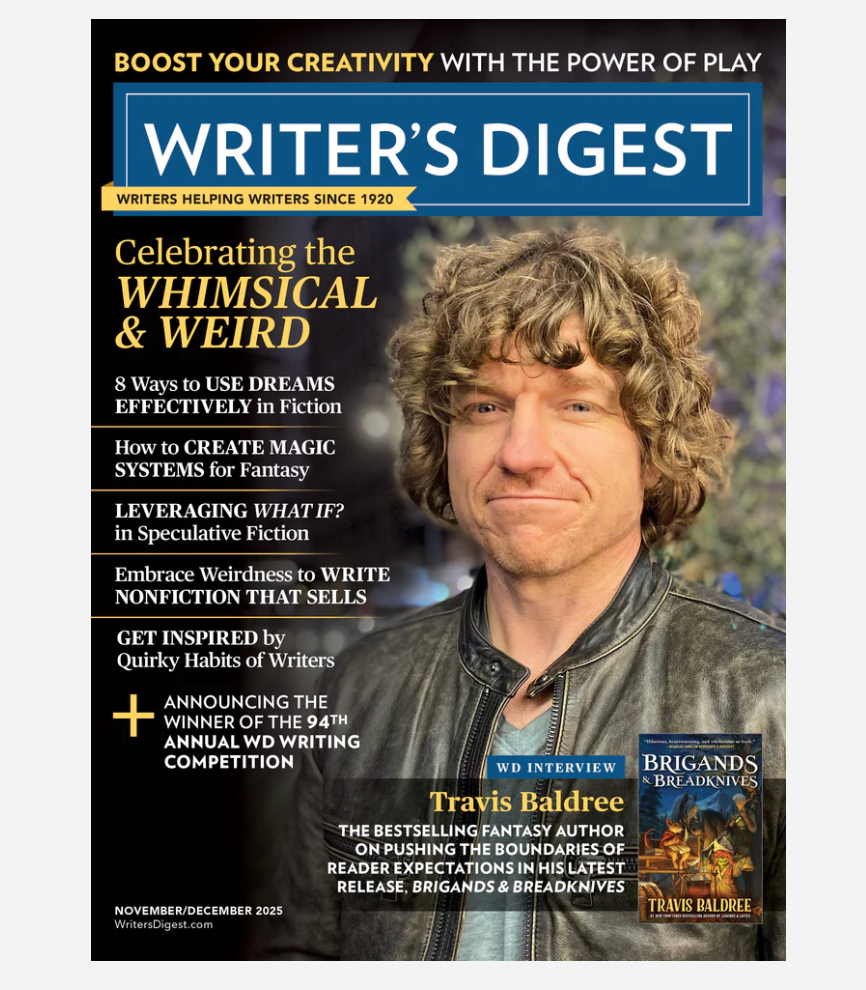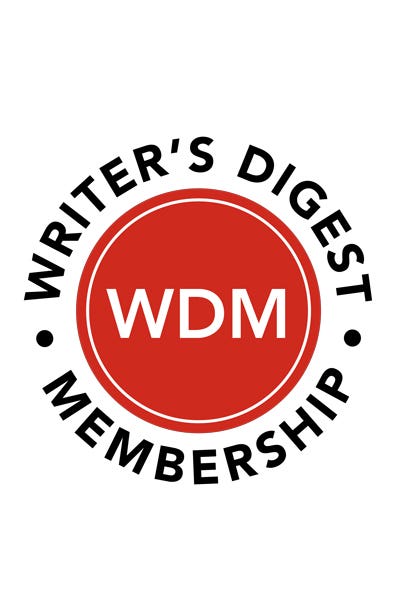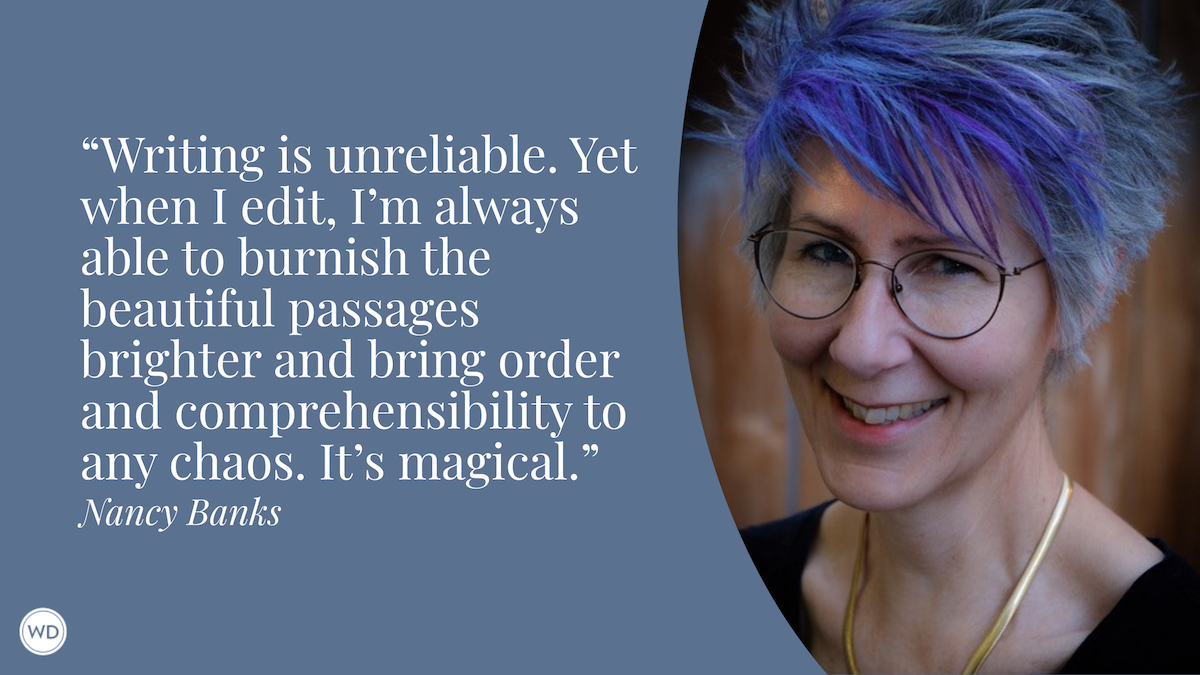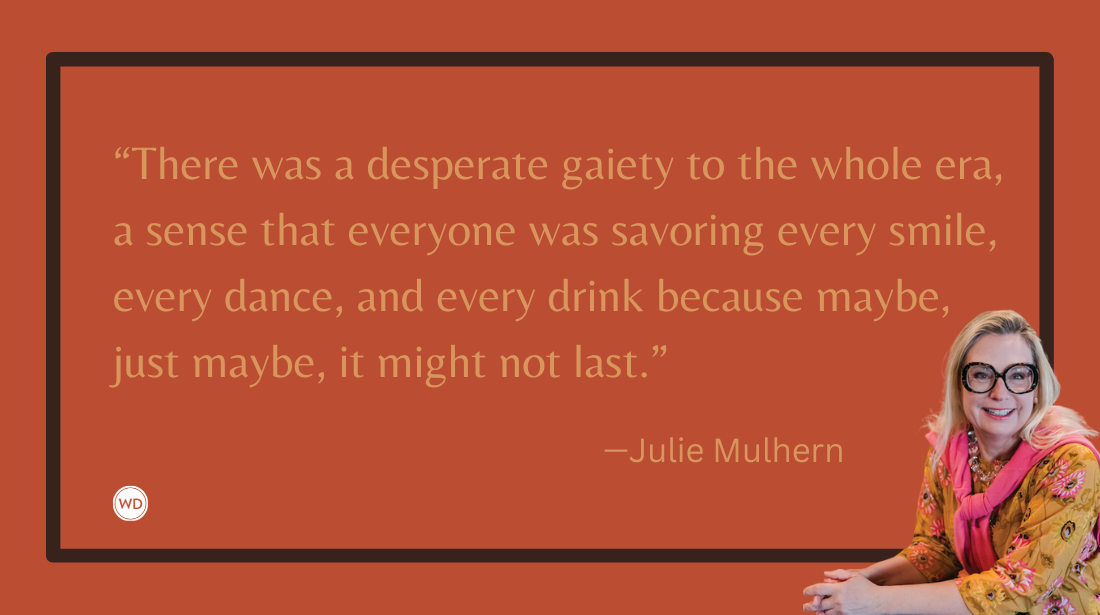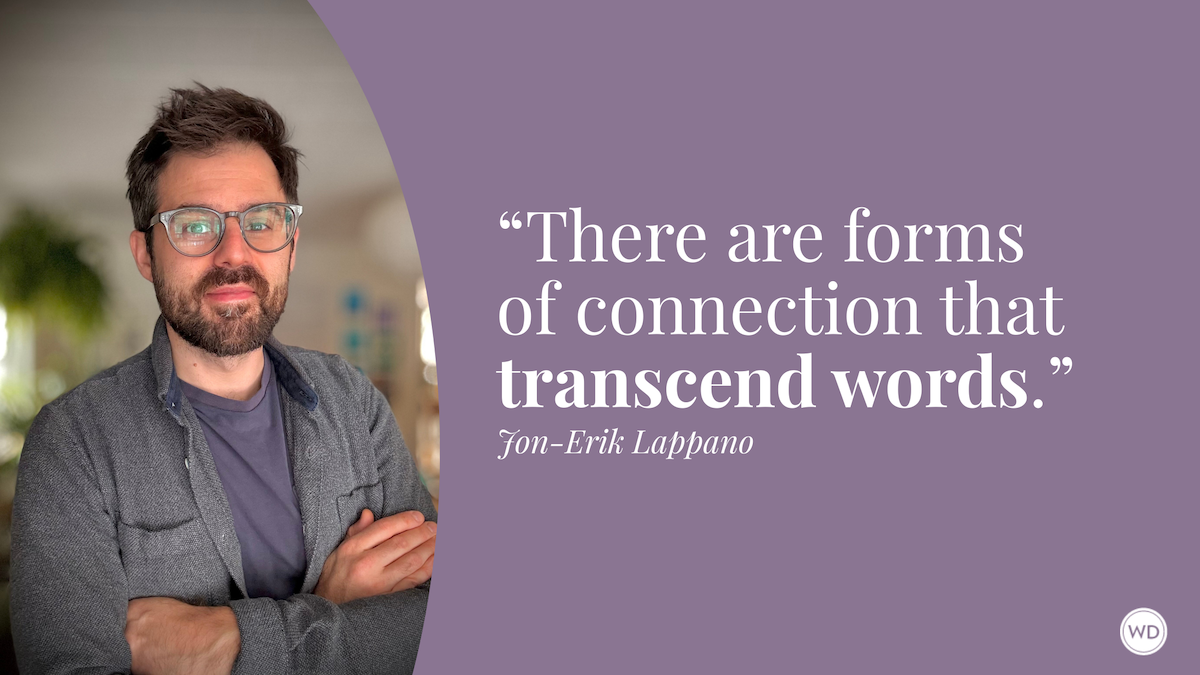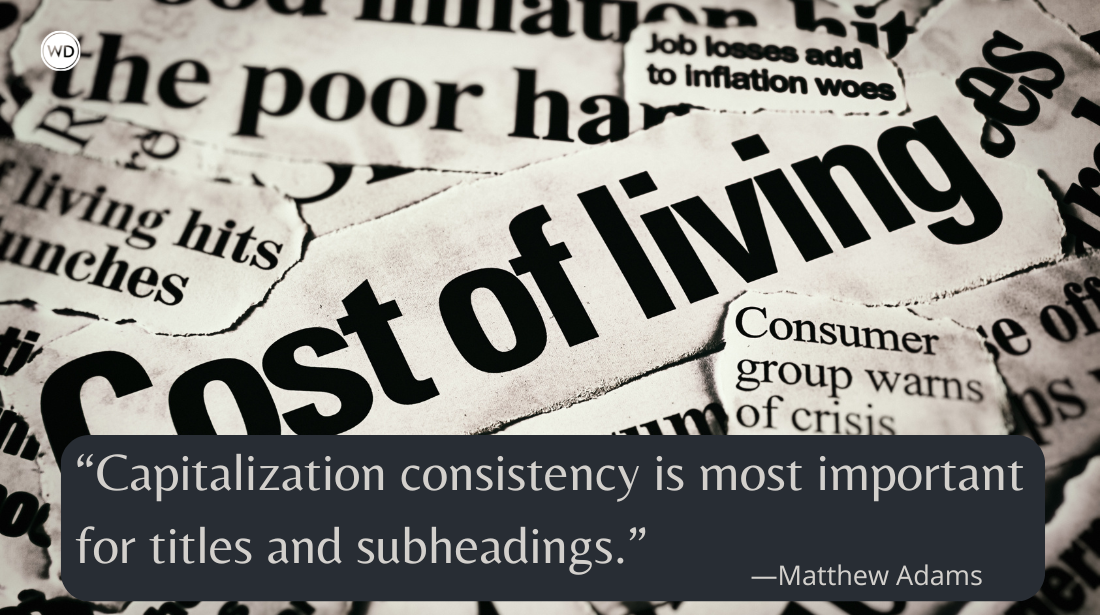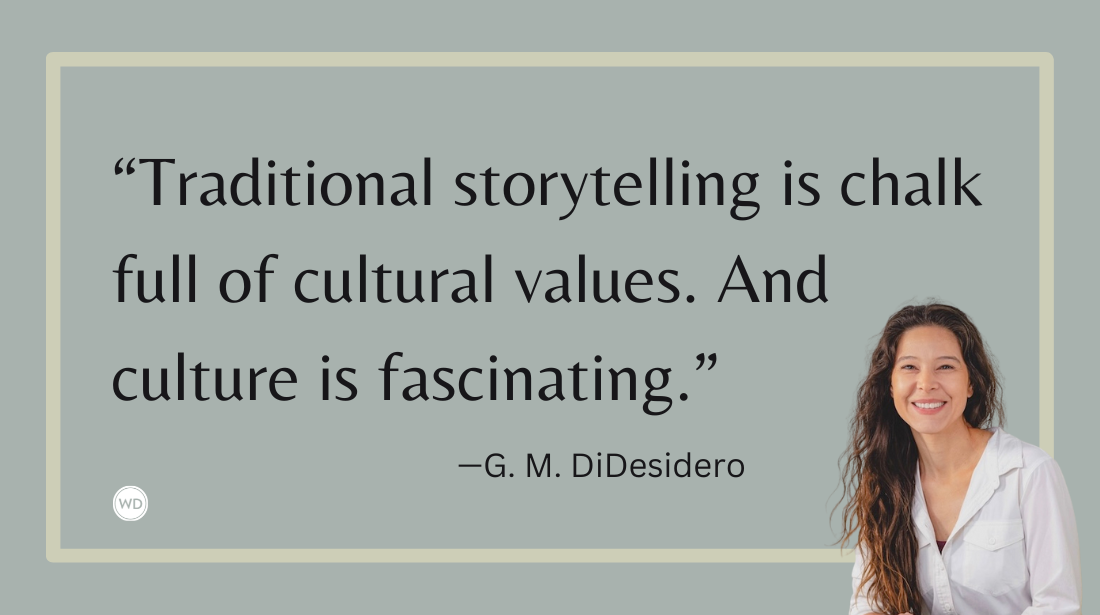Writing Parallel Narratives: What They Are and How To Write Them
Internationally bestselling author Ella Carey helps incorporate parallel narratives into our stories, from initial idea to structure, and all the way to The End.
Storytelling is an emotive art form, and therefore the most important consideration in my novel writing is the eliciting of emotion within myself as I write, and then the eliciting of that emotion within my readers as they read. I love this synergy, and it is like that which I feel is found in all art forms, including the writing of music, and the creation of beautiful paintings, where the musician or the painter are also trying to evoke an emotion in the viewer or the listener in the same way.
Therefore, for me, questions of structure always come after I have found a compelling and dramatic premise about which I want to write. Then, I will decipher what the best way of telling this story is. In The Paris Maid, my most recent novel, it was only after I had written the first draft, set in the Ritz hotel in Paris during the Second World War, that I decided this story would be best told as a dual narrative.
I asked myself, what would happen if you found out that a beloved grandmother had been accused of something heinous? After I wrote the story of Louise, a maid in the Ritz hotel in Paris in the summer of 1944 when the Allies were about to liberate the city after several years of Nazi occupation, I decided to add in a second, contemporary storyline, because I found the images of women who were accused of Nazi collaboration during the war so disturbing, that I wondered what it might be like for a descendant of one of these women to see a beloved ancestor, a grandmother perhaps, having been branded a Nazi collaborator, with a swastika painted on her forehead, and her head shaved. These women were paraded around Paris and the towns of France on the backs of trucks. During the Second World War, there were indeed women who collaborated with the Nazis living in the Ritz hotel. I feature one of them in the book.
Of course, history is full of shades of gray, but I think the ongoing fascination we are seeing with novels set during the Second World War is because so much of what happened in that war is viewed as extremely clear-cut. To me, layering in Louise’s granddaughter, Nicole, and giving her a quest of discovery, to determine whether her adored grandmother was a Nazi collaborator, gave me an emotive and compelling second storyline to add to that part of the novel that was set during the Second World War.
What Is a Parallel Narrative?
So, to a definition of a parallel narrative. When I am teaching this to my students, and my mentees, I use the analogy of a piece of Baroque music. Bach’s music is often written in what is called counterpoint, with two melodies tracking alongside each other, meeting in harmony at some points, yet separating and clashing at others, and yet when they are played together, they are so much more beautiful than when they are alone. I find this a wonderful analogy for a parallel narrative novel, and it helps me to focus on the fact that each storyline must be as strong as the other, otherwise a dual narrative will not work.
Next, I am trying to find the one thing that connects my two stories together. In my Paris Time Capsule novels, the three books were connected by an abandoned apartment in Paris that had been left untouched for 70 years. I wrote three parallel narrative novels out of this one connection, because I found the story of Marthe de Florian’s abandoned apartment so incredibly evocative, moving, and compelling.
Once I have found the point of connection between the two narratives, whether it is a place, like the apartment in Paris, or a story, such as in From A Paris Balcony that was inspired by a story my mother told me about a party in the 1930s, or whether it might be people, like the Women Air Force Service Pilots in my novel Beyond the Horizon, you need a strong starting point, something that connects the two narratives. To find this, I think a very good idea is to ask yourself what was the one thing that inspired you to write this story?
Once I have found a point of connection, something that is so compelling that I feel it is strong enough to base two stories upon, I am then looking for conflict. What is the disconnect between these two timelines?
Finding Conflict in Parallel Narratives
In The Paris Maid, it was the images I saw of women being branded with swastikas and paraded around Paris and the towns of France after the Allied liberation that was a compelling point of conflict. Nicole’s aunt sends her a photograph of her adored grandmother, Louise as a young woman being branded a Nazi collaborator in Paris outside the Ritz hotel in 1944. This is a sudden obstruction that is threatening Nicole’s memory of her grandmother.
To deepen this conflict even further, I then made Nicole pregnant, so the threat that her grandmother was a Nazi collaborator is a heritage she is terrified of passing down to her own unborn child. But the most important thing is that she adored her grandmother Louise and cannot believe that she would have collaborated during the war.
The part of the story set during the war then plays out alongside the story set in contemporary times, and both are moving towards an answer. Was Louise, a maid in the Ritz hotel in Paris, a Nazi collaborator, and will Nicole’s memories of her beloved grandmother be destroyed forever?
I then linked this with Nicole’s own identity. It was almost as if, that if she discovered her grandmother was a Nazi collaborator, her whole history, and her whole identity was at risk. I think at this point, it is important to ask yourself what is at stake? Why is this conflict so strong and significant, and if things don’t work out, what is at stake for your characters in both storylines? If Louise was a Nazi collaborator, her life would have been ruined in France for a long time.
Casting Characters for Each Narrative
Once you have found the central point of conflict, the next thing to do is to work out your two sets of characters. Here, I am always careful to design very distinct and different casts of characters for the two separate storylines. However, those characters may be walking in the same streets at different periods in history.
So, at this point, I am doing a lot of setting research, to look at the differences between say, Paris in today’s world, for Nicole, and the dark days of Paris during the Second World War, for Louise. So, before I begin writing, I am ensuring that I have two equally strong and compelling casts of characters, and I am also ensuring that I know my settings, during each part time so that I can maximize the emotion that I am feeling when I place my characters in their evocative settings in each storyline.
How to Structure Your Parallel Narrative
Now, how to structure your parallel narrative? Generally, I write my parallel narratives with one chapter set in the past, and the next chapter set in the present. I weave between the two. However, in Beyond the Horizon, my editor and I decided to insert short sections at the beginning of each chapter to tell the present storyline, and to frame the narrative, with the first section of the book set in the present, most of the book set in the past (apart from the chapter openings) and the last section of the book set back in the present.
When I write the first draft, I am just knocking out the story. These days, however, because I have written several parallel narratives, I may find thematic connections between the two storylines even in that first draft. It is quite a strange process.
Sometimes, I simply stumble across connections as I write. But at other times, I may deliberately have my contemporary characters standing in the same room as my historical character, and I will knowingly play out those differences between the two time periods, to bring out the emotion in the storytelling, and to allow my contemporary character to wonder about and to react to and feel the presence of the past. You want your reader to inhabit each protagonist, and to that end, I will often deliberately make my two protagonists very different in personality and psychology, and I will give them each a distinct and different backstory.
Again, you can see here the importance of having two distinct, different stories, and yet at the same time, they need to be similar enough, so that you have points of harmony in your story that seem very natural and create beauty throughout your narrative. It is often during the editing process that I will dig in, find, and make the most of linking the two stories together. This is where I find connections in theme, in place, in storylines, and in characters who are living in different times.
I might have my characters going through a similar problem at a similar time in the book, and because those characters are so different, they will react to the same problem, in a different time, in a very different way. I think that once you have your characters set, and you give them agency, and you know who they are, then you can really play with and strengthen the fact that you have two storylines to build contrast.
To that end, character is key. If you know, love, and are ready to work with your two, living, breathing characters, then you can intertwine and interconnect those stories beautifully, as the characters will drive their own narratives. Of course, each character needs to grow and change throughout the story.
Bringing Your Narratives to an End
When it comes to endings, I will often write one story as a tragedy, and the other with a more positive outcome—a more hopeful outcome. I have never written a parallel narrative where both stories end up tragically.
In baroque music, the discords in the music might be thought of as we think of conflict in a story. As the emotional intensity streams along in both lines of music, the two melodies sometimes clashing, sometimes coming together in harmony as the two storylines will in a parallel narrative, things will resolve somehow, in a harmonious whole in the end, in a way that recognizes the duality in life.
Ella Carey is the international bestselling author of The Things We Don’t Say, Secret Shores, From a Paris Balcony, The House by the Lake, and Paris Time Capsule. Her books have been published in over fourteen languages, in twelve countries, and have been shortlisted for ARRA awards. A Francophile who has long been fascinated by secret histories set in Europe’s entrancing past, Ella has degrees in music, 19th century women’s fiction, and modern European history. She lives in Melbourne with her two children and two Italian greyhounds who are constantly mistaken for whippets. Ella loves to connect with her readers regularly through her Facebook, Instagram, and Twitter, and on her website EllaCarey.com.


